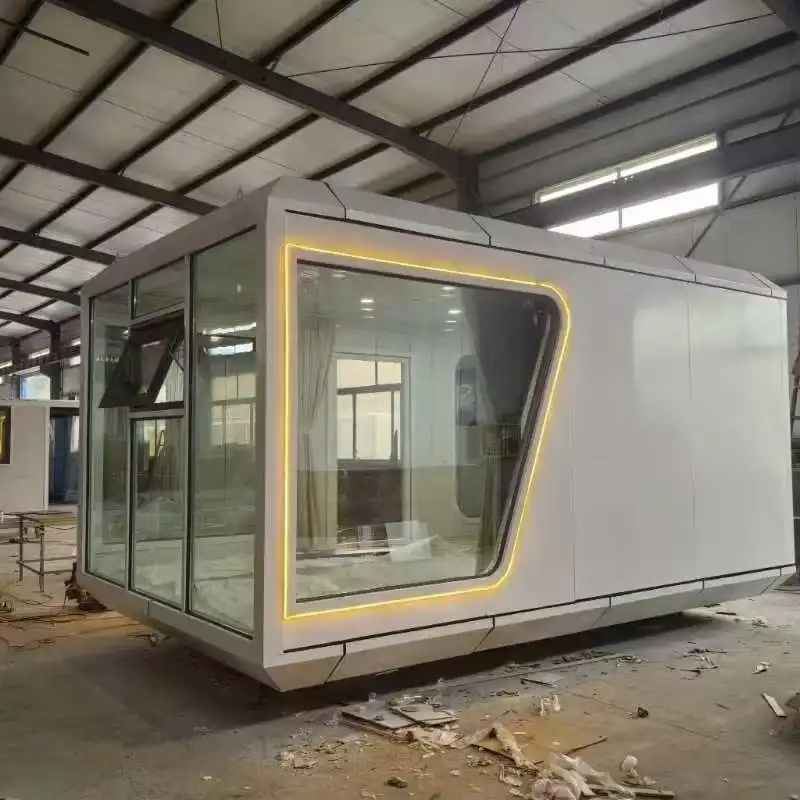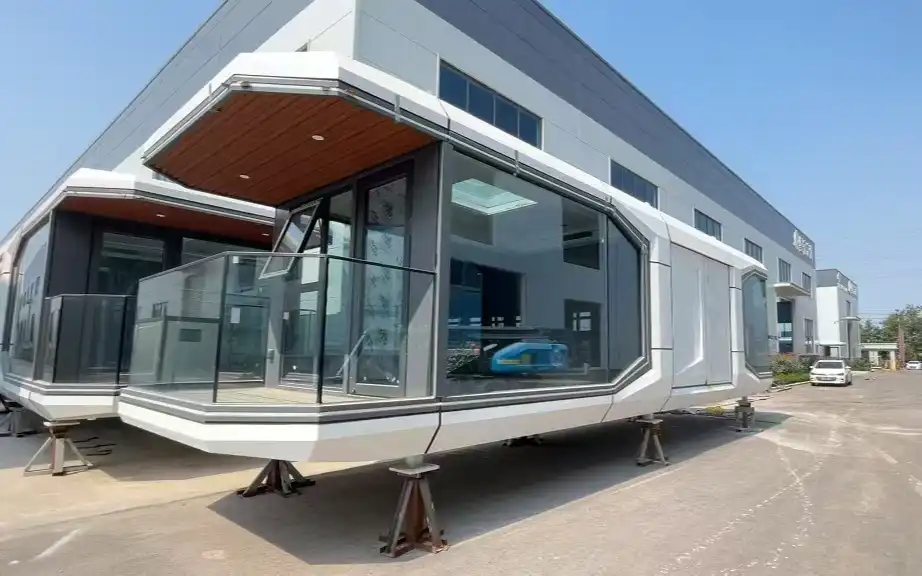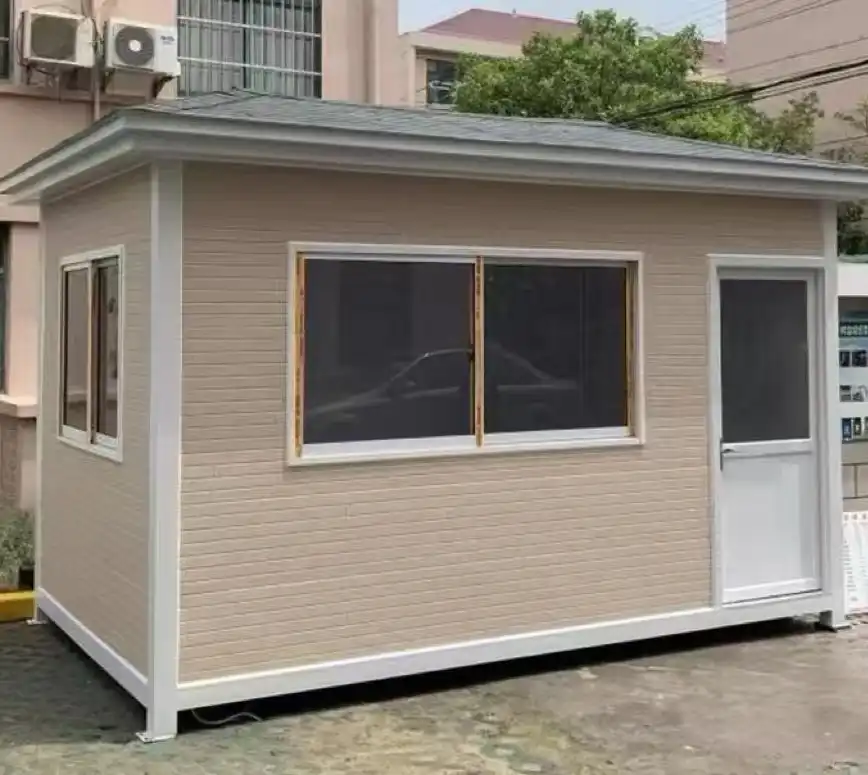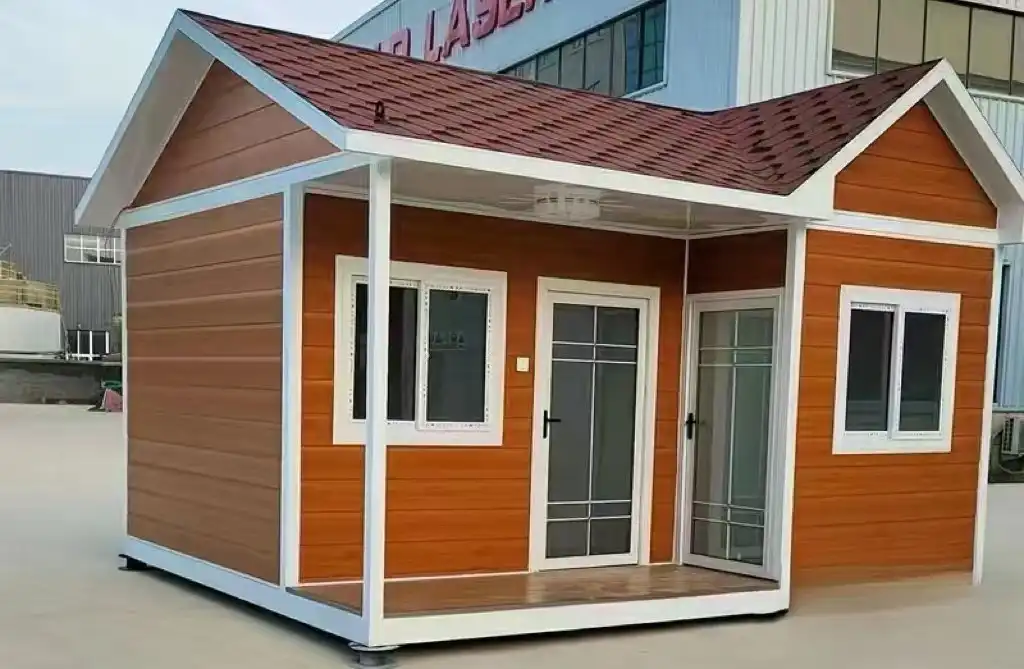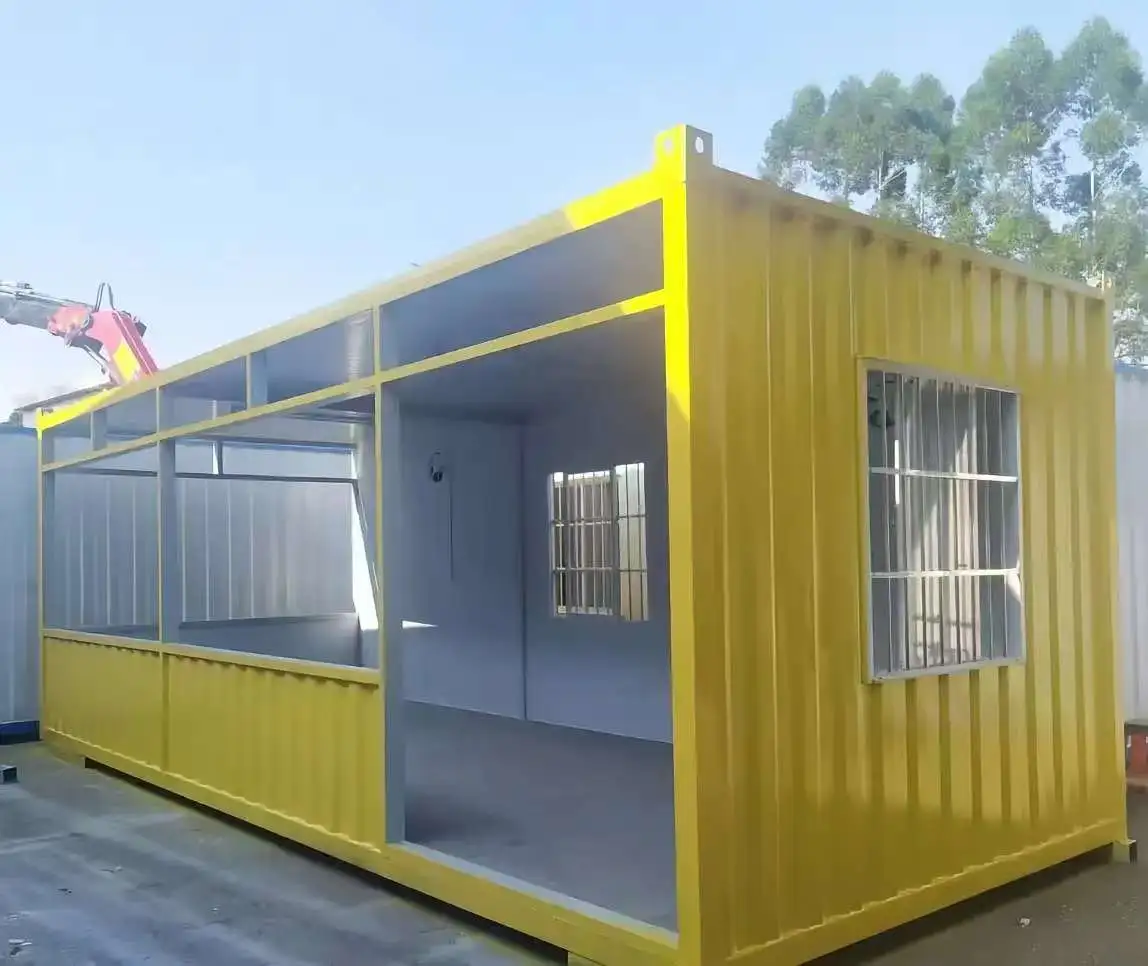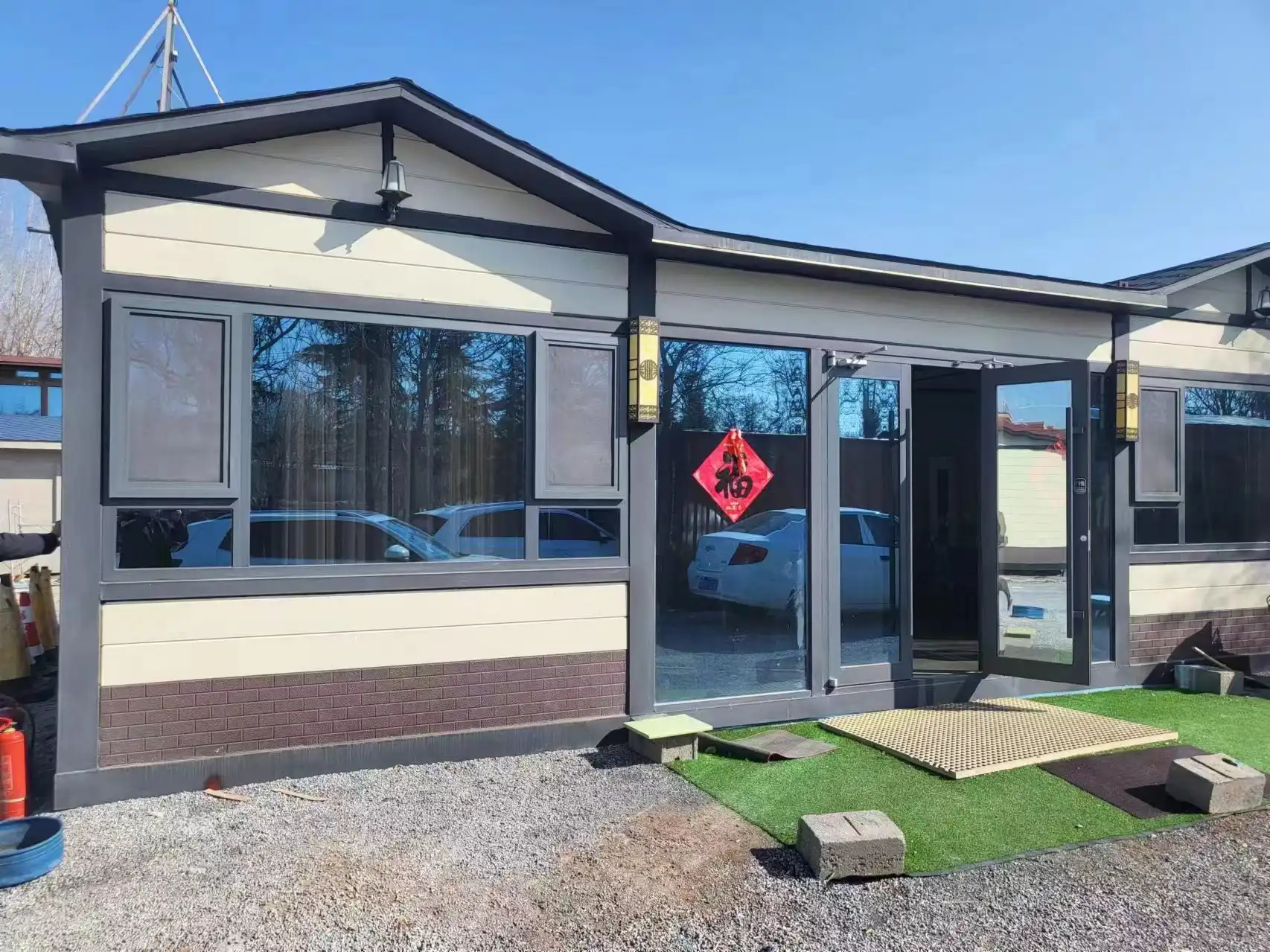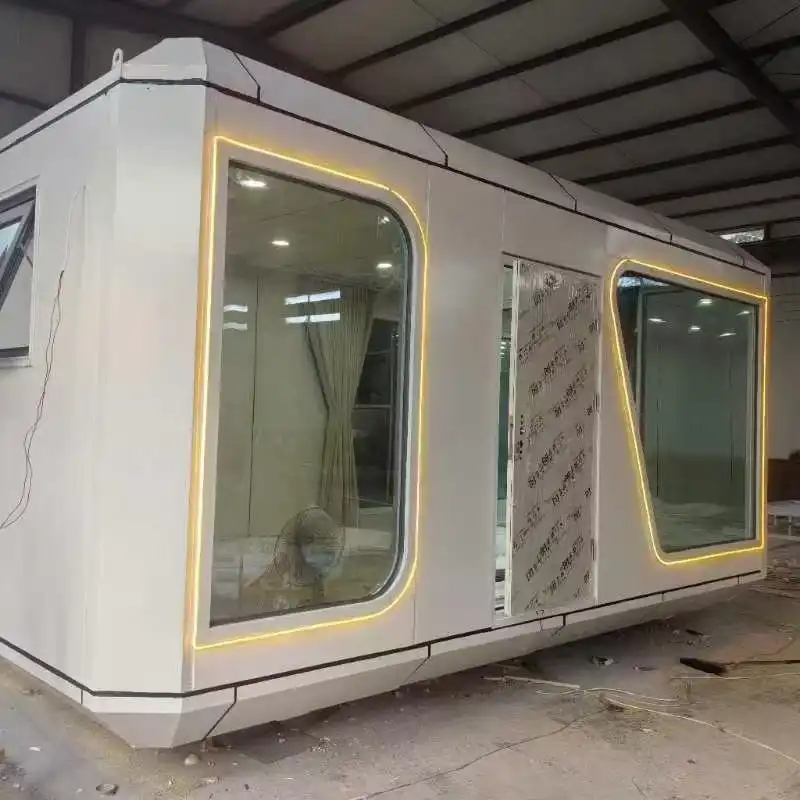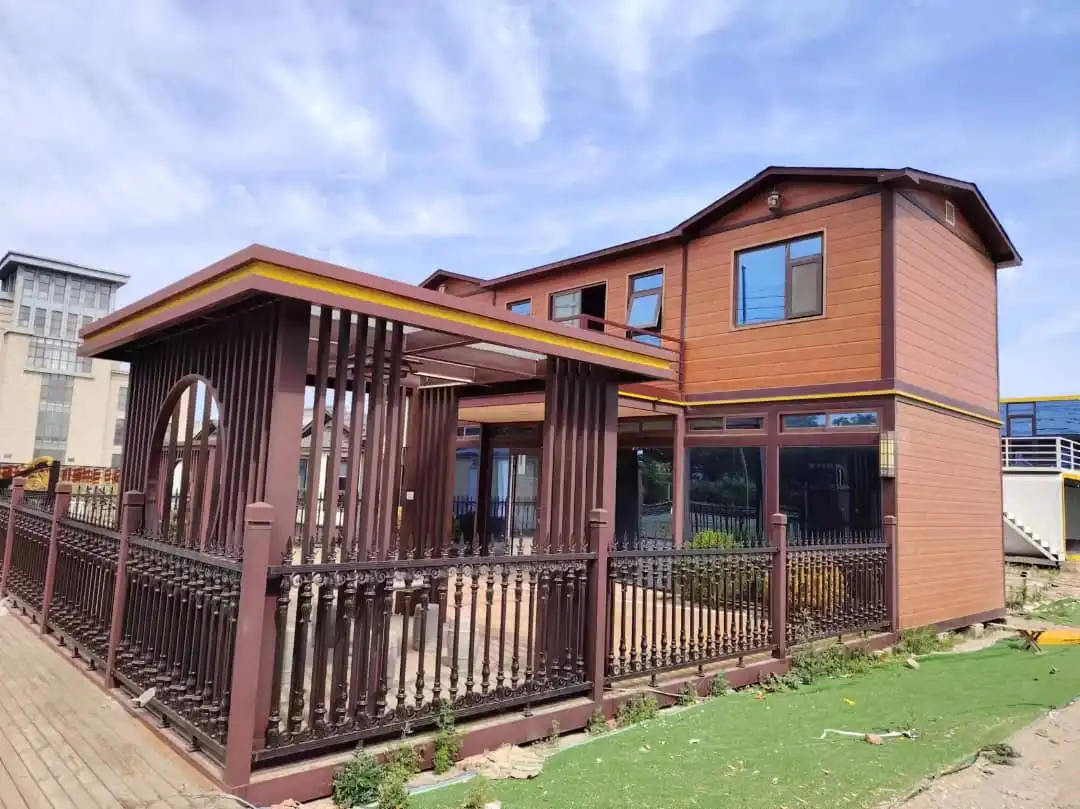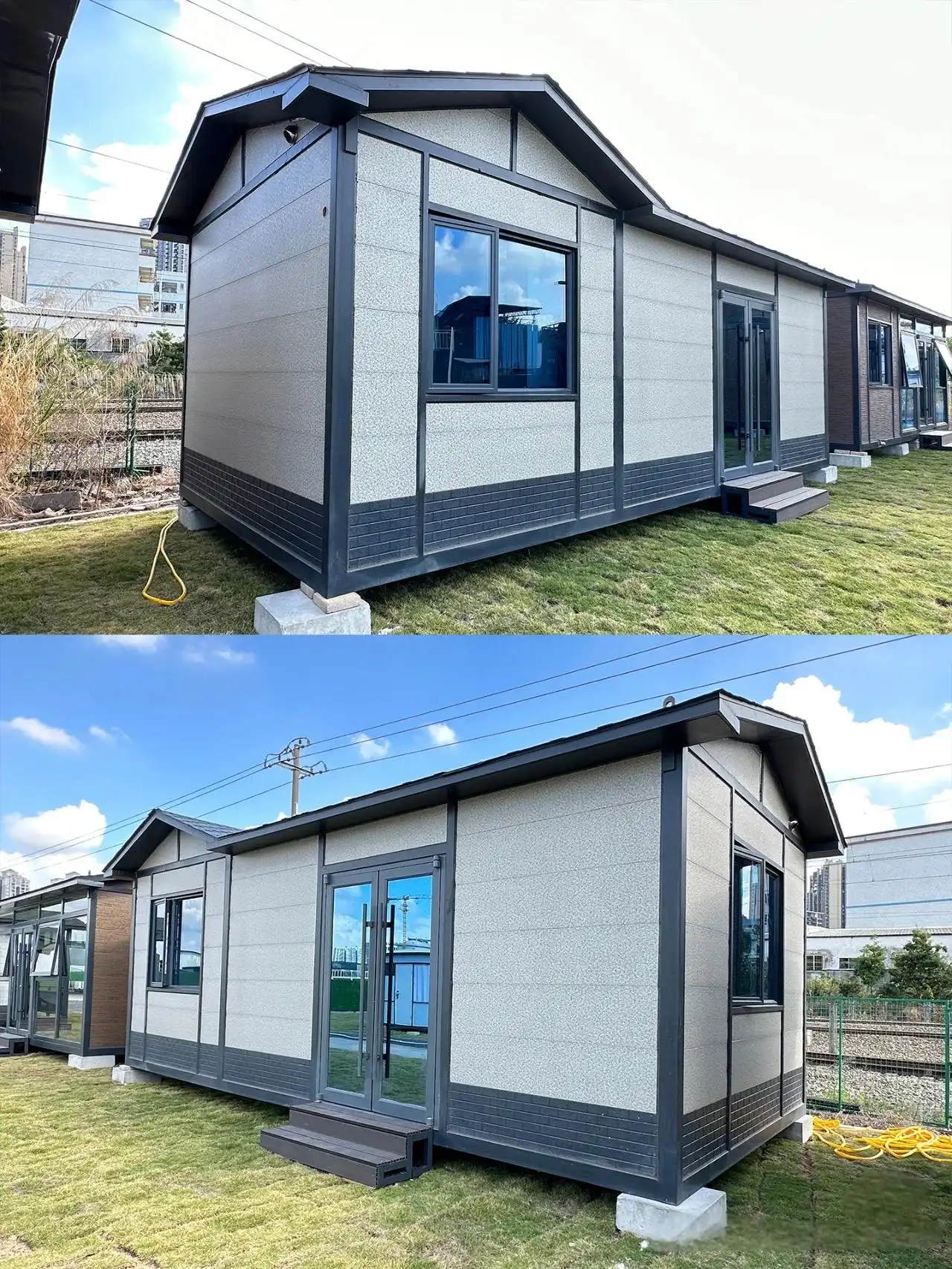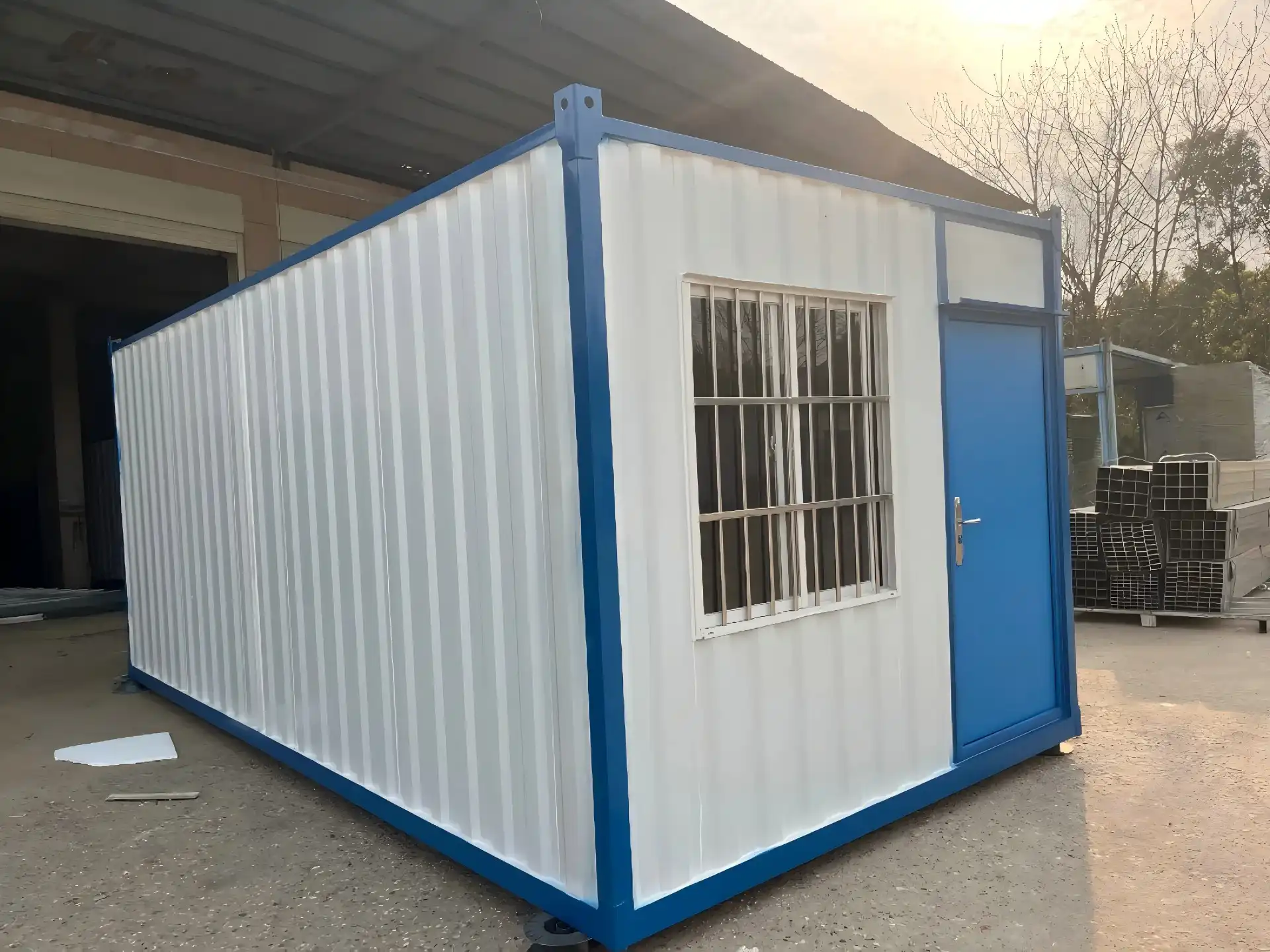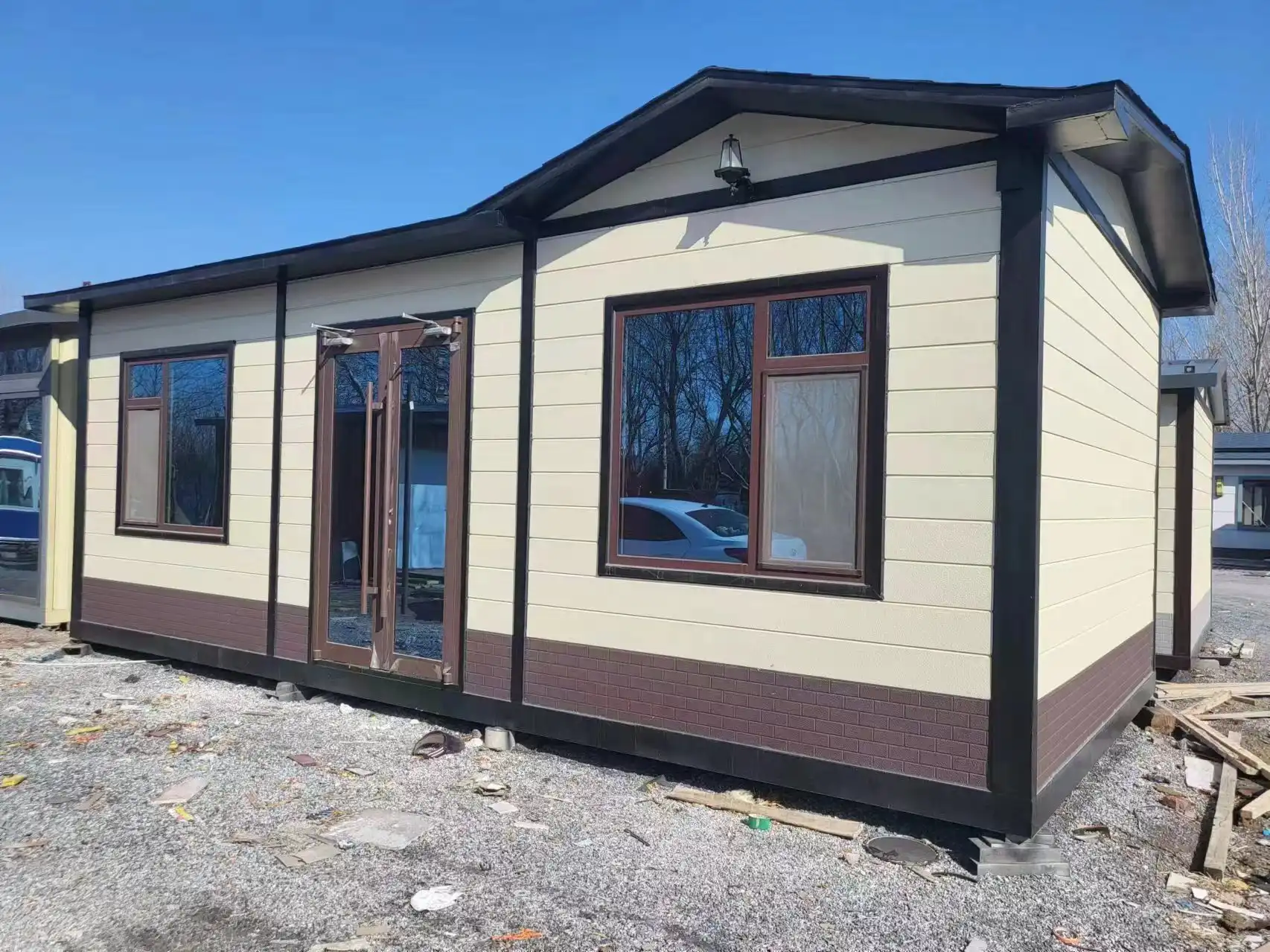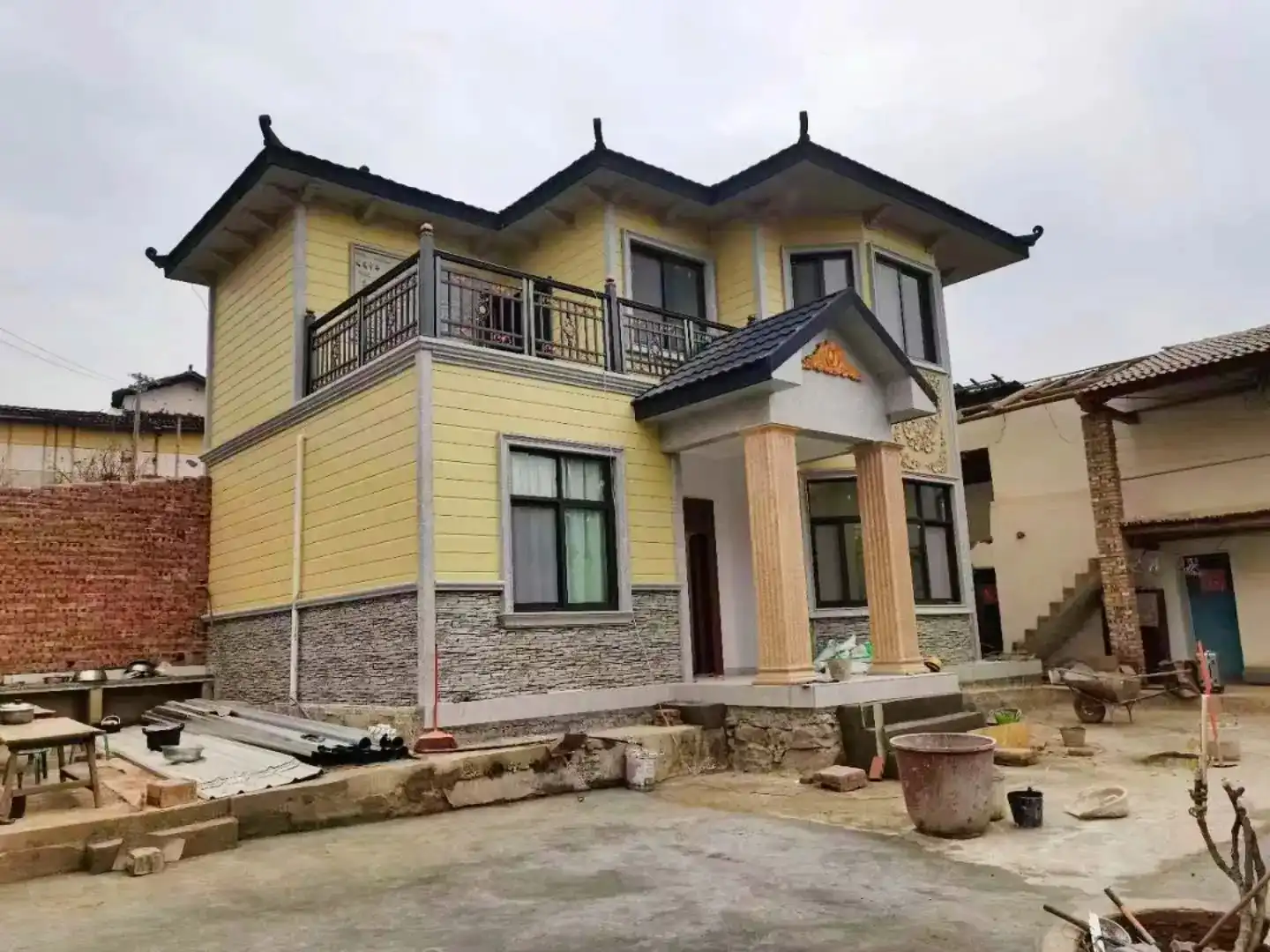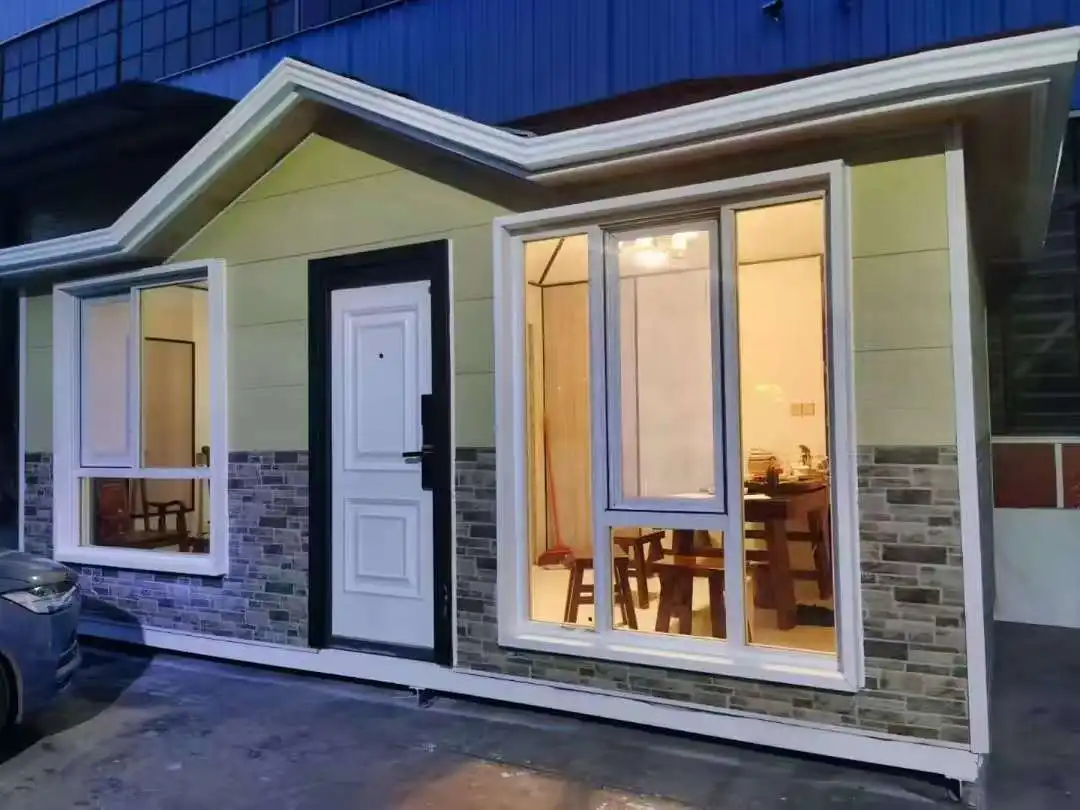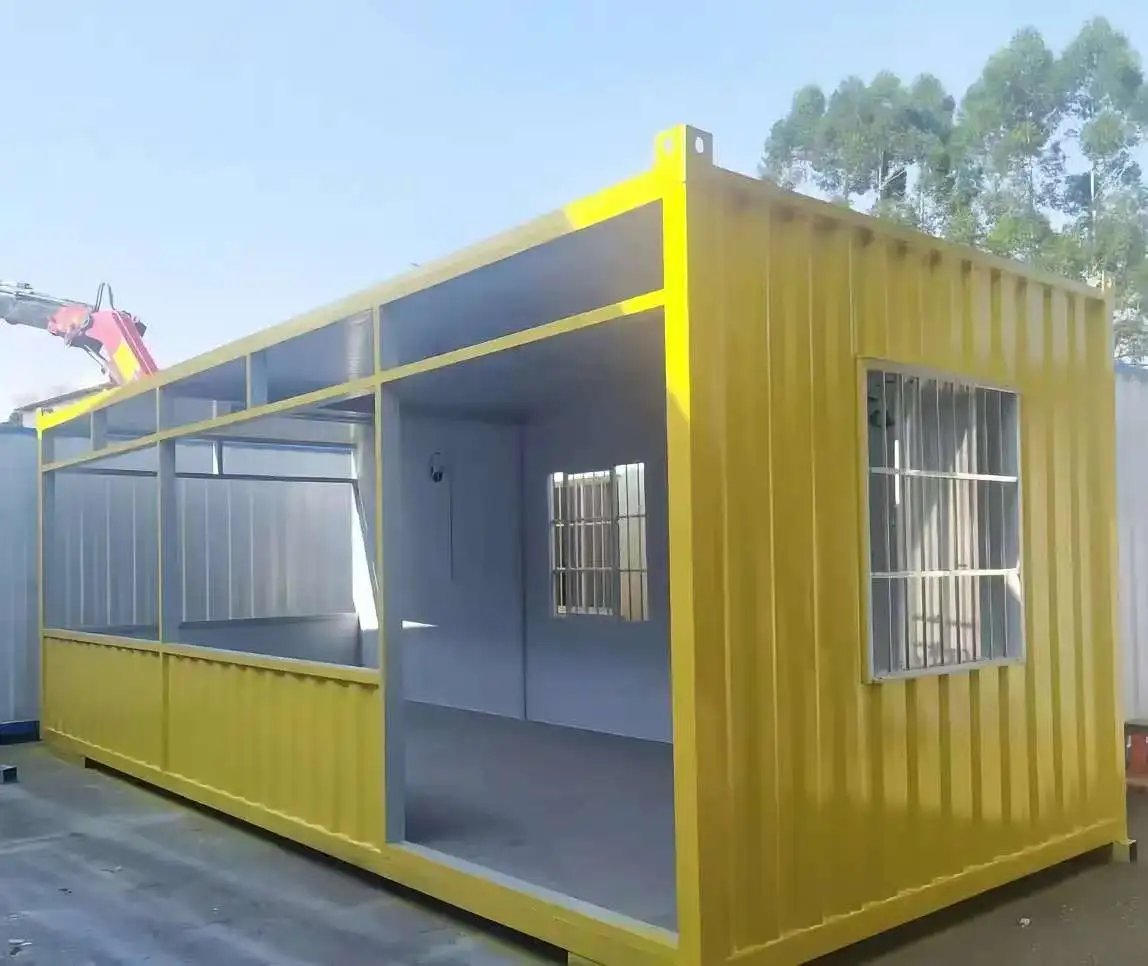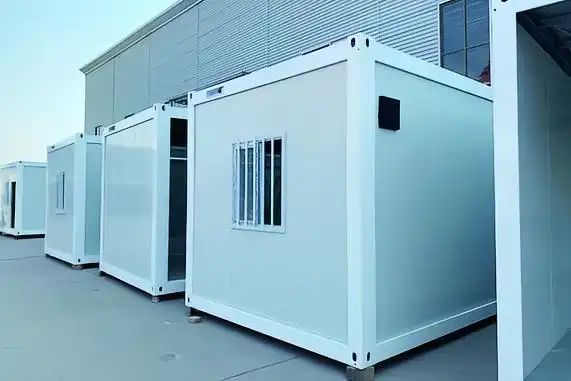When it comes to choosing between roof and wall corrugated sandwich panels, the decision ultimately depends on your specific project requirements. Both options offer excellent insulation, durability, and aesthetic appeal. Roof panels are designed to withstand harsh weather conditions and provide superior water resistance, making them ideal for protecting buildings from the elements. Wall panels, on the other hand, excel in thermal insulation and sound reduction, creating comfortable interior spaces. Consider factors such as climate, building design, and intended use to determine which type of corrugated sandwich panel best suits your needs.
Understanding Corrugated Sandwich Panels: A Comprehensive Guide
What Are Corrugated Sandwich Panels?
Corrugated sandwich panels are advanced building materials that offer an exceptional combination of structural strength, thermal insulation, and aesthetic appeal. Each panel consists of two durable metal facings, commonly aluminum, steel, or stainless steel, enclosing a high-performance core made from materials such as polyurethane, polystyrene, or rock wool. The corrugated profile of the metal sheets enhances rigidity and load-bearing capacity, allowing the panels to withstand heavy loads and harsh environmental conditions. These panels are widely used in industrial, commercial, and residential construction, providing energy efficiency, durability, and versatile design options while maintaining ease of installation and long-term performance.
Key Features of Corrugated Sandwich Panels
Corrugated sandwich panels boast an array of impressive features that make them a popular choice in modern construction:
- Enhanced Insulation: The core material delivers superior thermal and acoustic insulation, reducing energy consumption and maintaining comfortable indoor temperatures year-round.
- Fire Resistance: Many corrugated sandwich panels incorporate fire-retardant cores or coatings, significantly improving building safety and helping meet strict fire regulations.
- Customizable Aesthetics: These panels come in a wide range of colors, finishes, and patterns, allowing architects to create visually appealing designs.
- Durability: Corrosion-resistant metal coatings protect panels from weathering, moisture, and environmental wear, ensuring long-lasting structural integrity and minimal maintenance.
- Easy Installation: Corrosion-resistant metal coatings protect panels from weathering, moisture, and environmental wear, ensuring long-lasting structural integrity and minimal maintenance.
Applications of Corrugated Sandwich Panels
The versatility of corrugated sandwich panels makes them suitable for a wide range of applications:
- Industrial buildings and warehouses
- Commercial structures such as offices and retail spaces
- Residential constructions, including modern homes and apartments
- Agricultural facilities like barns and storage units
- Cold storage and temperature-controlled environments
Roof Corrugated Sandwich Panels: Advantages and Considerations
Benefits of Roof Corrugated Sandwich Panels
Roof corrugated sandwich panels offer numerous advantages for building projects:
- Superior Water Resistance: The corrugated profile of these panels promotes rapid water runoff, effectively preventing leaks, moisture infiltration, and potential damage to the building structure, while enhancing long-term weather resilience.
- Lightweight Structure: Constructed from lightweight yet strong materials, these panels reduce structural load, enabling architects to explore more flexible building designs, minimize foundation requirements, and improve overall construction efficiency without sacrificing durability.
- Energy Efficiency: The high-performance insulating core maintains stable indoor temperatures, lowering heating and cooling demands, reducing energy consumption, and contributing to cost savings while enhancing occupant comfort and sustainable building performance.
- Quick Installation: Prefabricated and precisely engineered, these panels allow rapid assembly, simplifying the roofing process, minimizing labor requirements, and accelerating construction timelines, which improves overall project efficiency and reduces costs.
- Durability: Designed to endure extreme weather conditions, including heavy snow, strong winds, and UV exposure, these panels maintain structural integrity, resist corrosion, and offer long-lasting performance across diverse climates.
Considerations for Roof Corrugated Sandwich Panels
When opting for roof corrugated sandwich panels, keep these factors in mind:
- Proper Sealing: Ensure that all joints and fasteners are adequately sealed to prevent water infiltration.
- Slope Requirements: Adhere to minimum slope recommendations to ensure effective water drainage.
- Thermal Expansion: Account for the panel's thermal expansion properties during installation to prevent warping or buckling.
- Maintenance: Regular inspections and maintenance can prolong the lifespan of your roof panels.
Ideal Applications for Roof Corrugated Sandwich Panels
Roof corrugated sandwich panels excel in various settings:
- Large-span industrial buildings
- Commercial complexes with expansive roof areas
- Agricultural structures requiring robust weather protection
- Residential projects seeking modern, energy-efficient roofing solutions
Wall Corrugated Sandwich Panels: Features and Applications
Advantages of Wall Corrugated Sandwich Panels
Wall corrugated sandwich panels offer unique benefits for building envelopes:
- Exceptional Thermal Insulation: The core material significantly reduces heat transfer, enhancing energy efficiency.
- Sound Attenuation: These panels provide excellent acoustic insulation, creating quieter interior spaces.
- Design Flexibility: Available in various finishes and colors, wall panels allow for creative architectural expressions.
- Rapid Construction: Pre-fabricated panels accelerate the building process, reducing on-site labor and construction time.
- Fire Resistance: Many wall corrugated sandwich panels are designed to meet stringent fire safety standards.
Important Considerations for Wall Corrugated Sandwich Panels
When implementing wall corrugated sandwich panels, consider the following:
- Structural Support: Ensure adequate framing to support the panels and maintain their integrity.
- Moisture Management: Implement proper vapor barriers and ventilation to prevent condensation issues.
- Thermal Bridging: Address potential thermal bridging at panel joints and fastening points.
- Impact Resistance: Choose appropriate panel thicknesses and materials for areas prone to impacts or high traffic.
Optimal Uses for Wall Corrugated Sandwich Panels
Wall corrugated sandwich panels are particularly well-suited for:
- Office buildings requiring high thermal and acoustic performance
- Retail spaces seeking attractive, low-maintenance facades
- Industrial facilities needing quick construction and energy efficiency
- Cold storage units and temperature-controlled environments
- Modular and prefabricated construction projects
Conclusion
Corrugated sandwich panels offer a versatile and efficient solution for both roofing and wall applications in modern construction. Their unique combination of strength, insulation, and aesthetic appeal makes them an excellent choice for a wide range of projects. Whether you opt for roof or wall panels, these innovative building materials provide superior performance, energy efficiency, and design flexibility. As a leading corrugated sandwich panel manufacturer, we are committed to delivering high-quality products that meet the diverse needs of architects, builders, and property owners. Ready to elevate your next construction project with corrugated sandwich panels? Contact us at info@sdqsc.com to explore our customizable solutions and discover how our expertise can bring your vision to life.
FAQ
What is the lifespan of corrugated sandwich panels?
With proper maintenance, corrugated sandwich panels can last 30-50 years, depending on environmental conditions and usage.
Are corrugated sandwich panels environmentally friendly?
Yes, these panels are eco-friendly due to their energy-efficient insulation properties and potential for recycling at the end of their life cycle.
Can corrugated sandwich panels be used in residential construction?
Absolutely! They are increasingly popular in modern residential designs for both roofing and wall applications, offering excellent insulation and aesthetic appeal.
References
1.Building Science Corporation. (2021). "Insulated Panel Performance in Building Envelopes."
2.National Roofing Contractors Association. (2022). "The NRCA Roofing Manual: Metal Panel and SPF Roof Systems."
3.Architectural Record. (2023). "Insulated Metal Panels: Design and Performance."

(1).jpg改.webp)
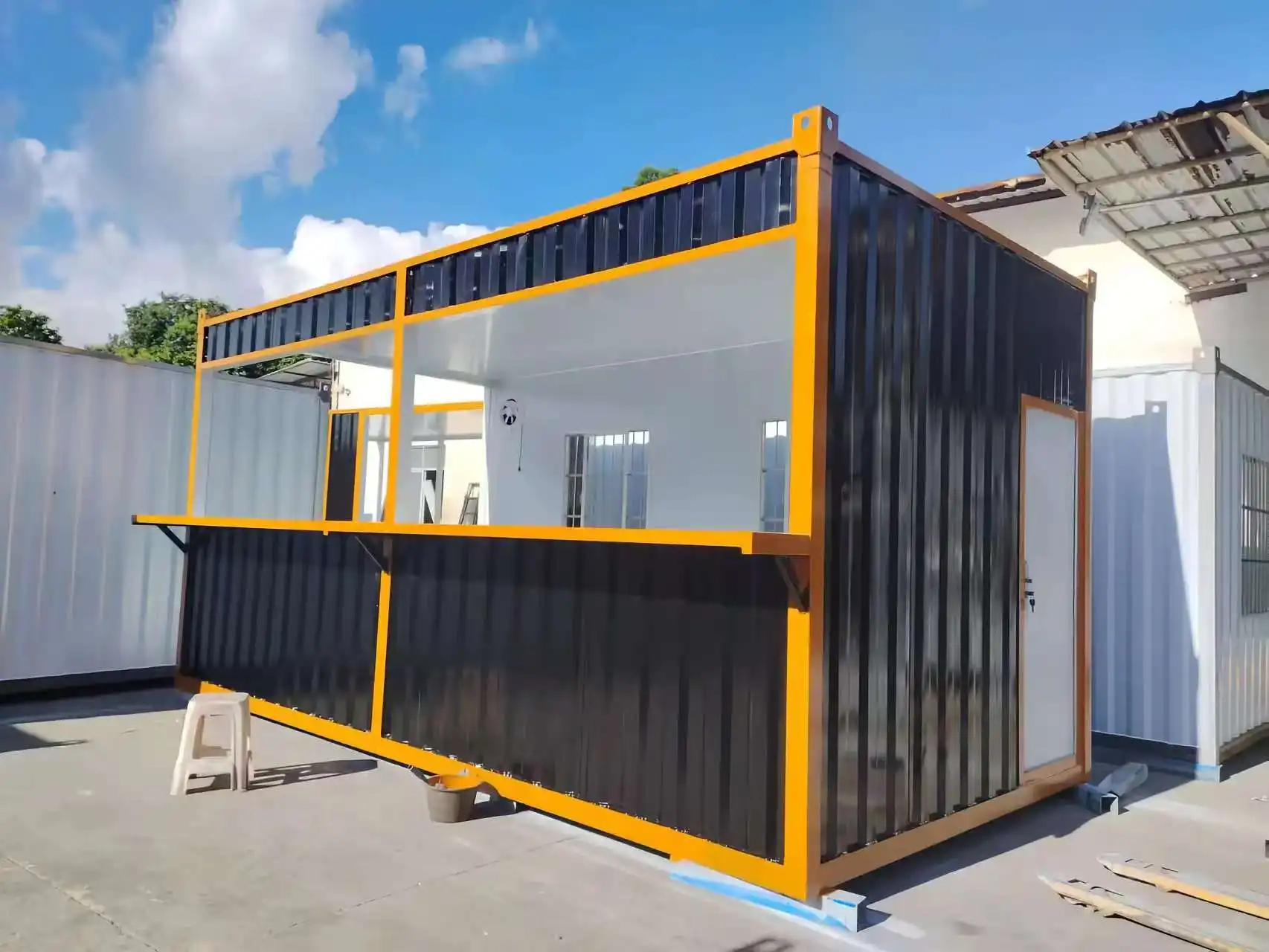
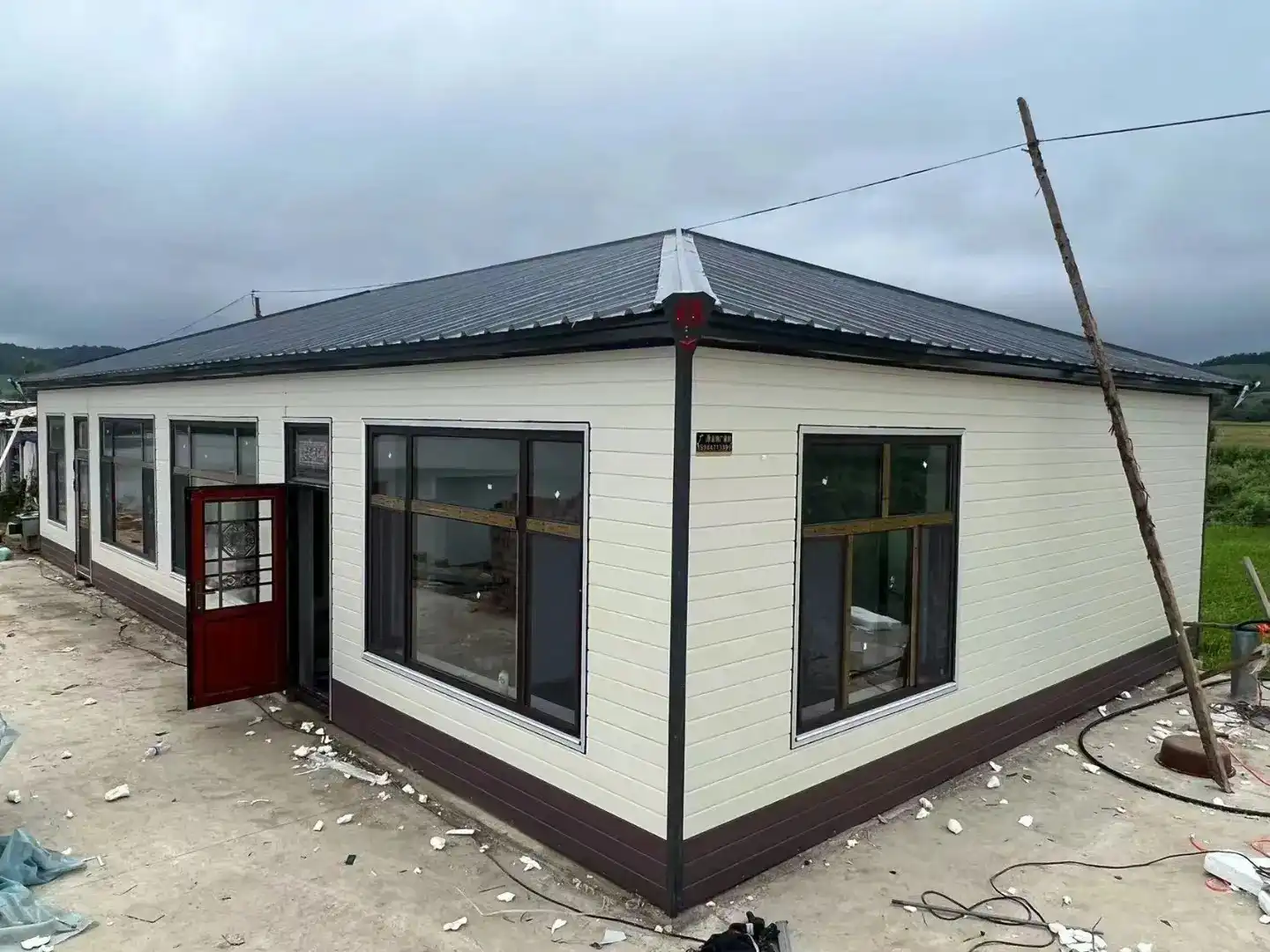
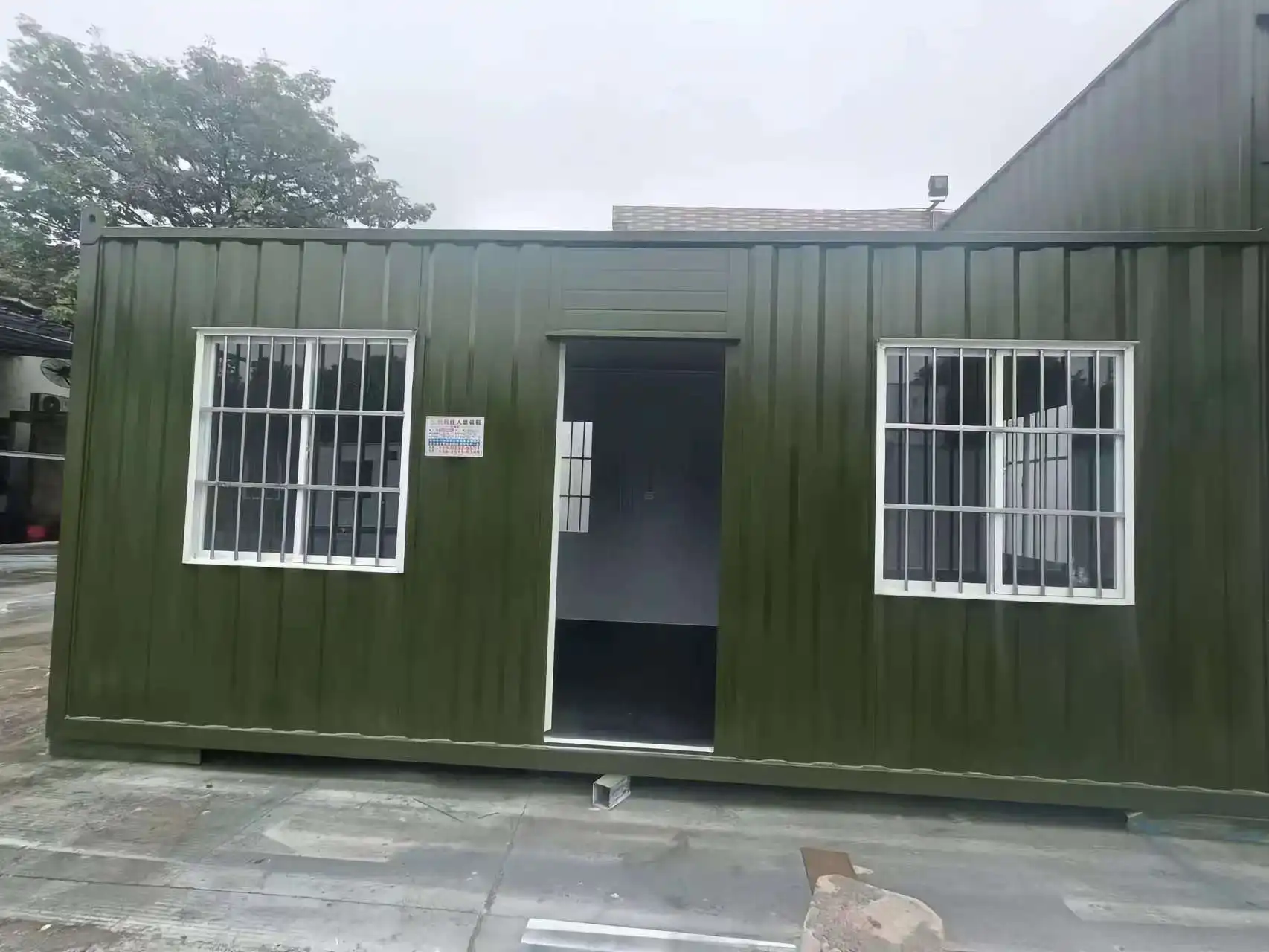

.jpg改.webp)
